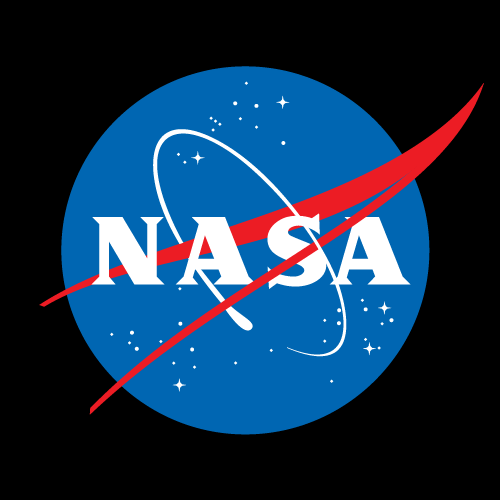
NASA evaluates NTRs according to several factors
For NTRs covering innovations developed by civil servants, as well as those for which the contractor or grantee has decided not to pursue patent protection and commercialization, NASA conducts an evaluation process to determine the potential for IP coverage and commercialization. In deciding what happens to an NTR, we evaluate the technology according to three factors:
- Technology readiness
- Market attractiveness
- Intellectual property (IP) strength
We rely on our technical expertise and market research to determine:
- How does the technology compare to what is currently available?
- Who could use it and how much do they need it?
- Is it ready to be used now and is the innovator available to assist with the transfer?
- Can it be protected?
Depending on the answers to these questions, your NTR may be:
- Prepared for pursuit of patent protection in the United States and/or foreign countries
- Submitted for an award from NASA or an external organization
- Published in NASA Tech Briefs
- Listed in NASA's technology transfer portal
- Publicized on your center's technology transfer site
- Actively marketed to potential licensees or collaborators/partners
- Placed "on hold" to monitor the market's readiness for the technology or to wait until further development of the technology has occurred
Innovators support the tech transfer process
Innovators can provide valuable input in helping to identify commercial applications and potential partners, since you are very familiar with the current state-of-the-art and key players in industry. As a result, it is very important for you to complete the sections in the NTR related to the potential commercial markets. In most cases, technology transfer professionals will contact the innovators to discuss their NTRs. You may also be asked to participate in some of the activities highlighted above—for example, reviewing an award application or marketing materials.
More about IP Protection
In most cases, intellectual property protection comes in the form of a patent. Software might be patentable or it could be eligible for copyright. If NASA decides to pursue patent or copyright protection for your technology, NASA's patent attorneys will work with you to protect the intellectual property.
What is a patent?
A patent for an invention is the grant of a property right to the owner. The owner can then selectively give that right to others via a license, usually in exchange for financial payments such as up-front fees and/or royalties. Most companies are not interested in a technology if it is not patented, since other companies can easily copy it and use it themselves, taking away the competitive advantage.
Can anything be patented?
In order for a utility patent to be granted, the invention must be new, non-obvious (not an obvious difference from the prior art), and have a useful purpose.
Does NASA patent everything it can?
Because it costs thousands of dollars to patent a new technology, NASA is selective in deciding what to patent. If the Agency expects there to be a financial return or some other benefit that can be achieved only by patenting the technology, then NASA will apply for a patent.
Can software be patented?
Yes, some software may be protectable by patent, but only if it forms an integral and necessary part of a qualifying machine, manufacture, or process. Underlying concepts in a computer program may be patentable, but normally the code is only protected by copyright.
What is copyright?
Copyright gives the author of an original work the exclusive right to make copies, publish, distribute, and adapt it.
Can NASA software be copyrighted?
Copyright protection is not available in the U.S. for software developed solely by federal government employees in the scope of their employment, although foreign copyright may be available. Copyright protection may be available in the U.S. for software that is co-developed with federal government employee(s) along with non-federal government employee(s). NASA can also obtain copyright in software from third parties via an assignment or license.






